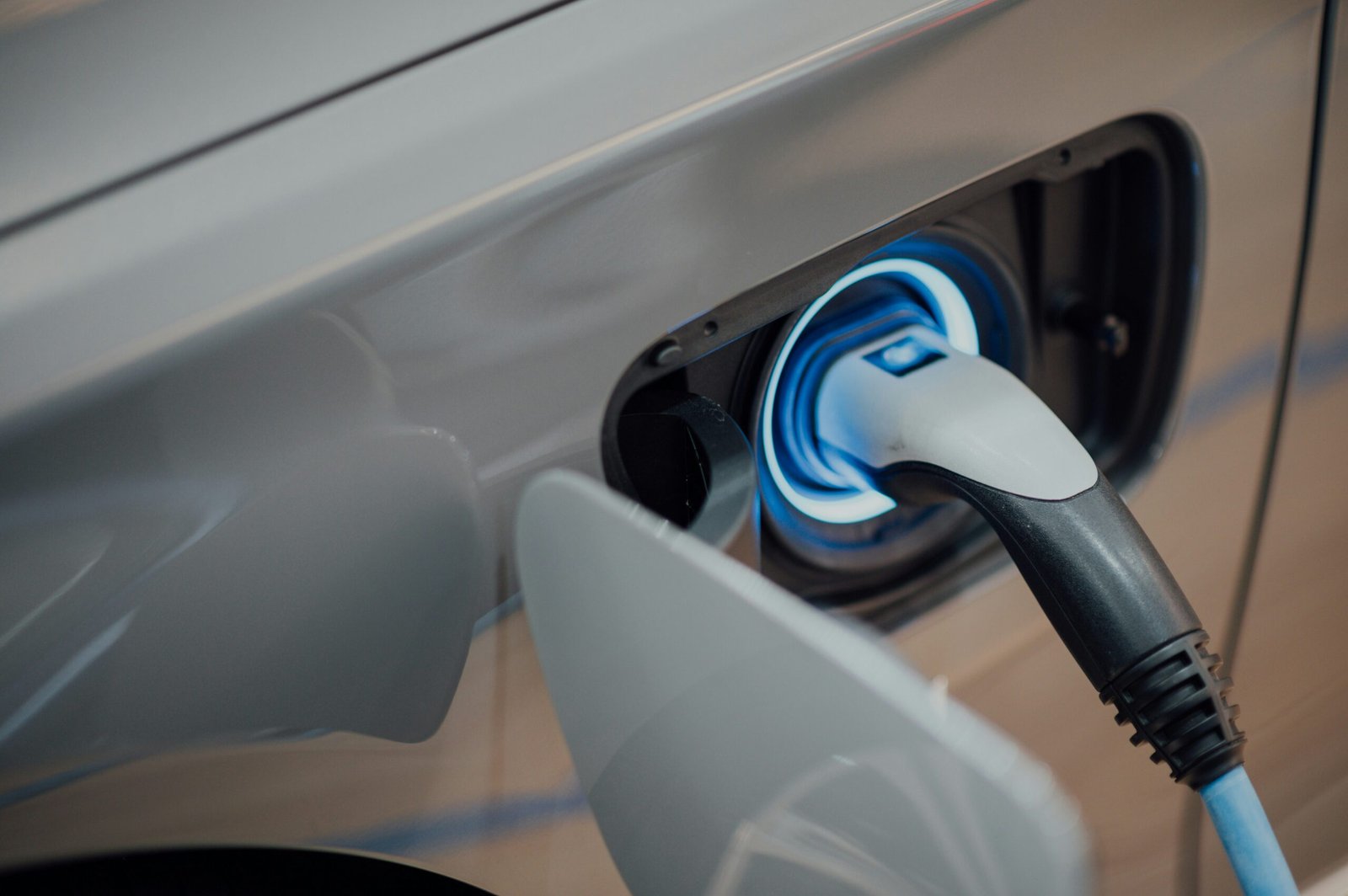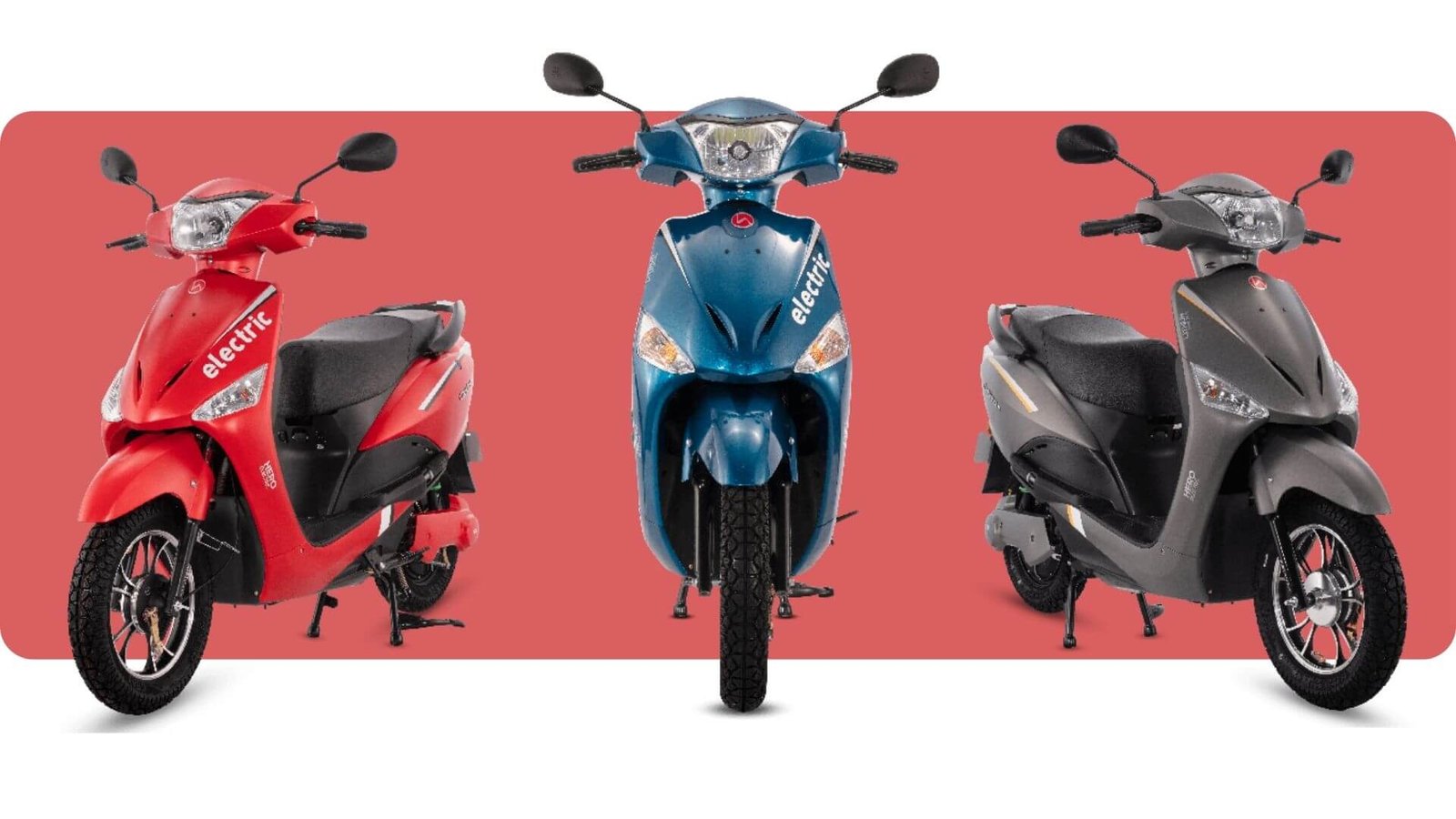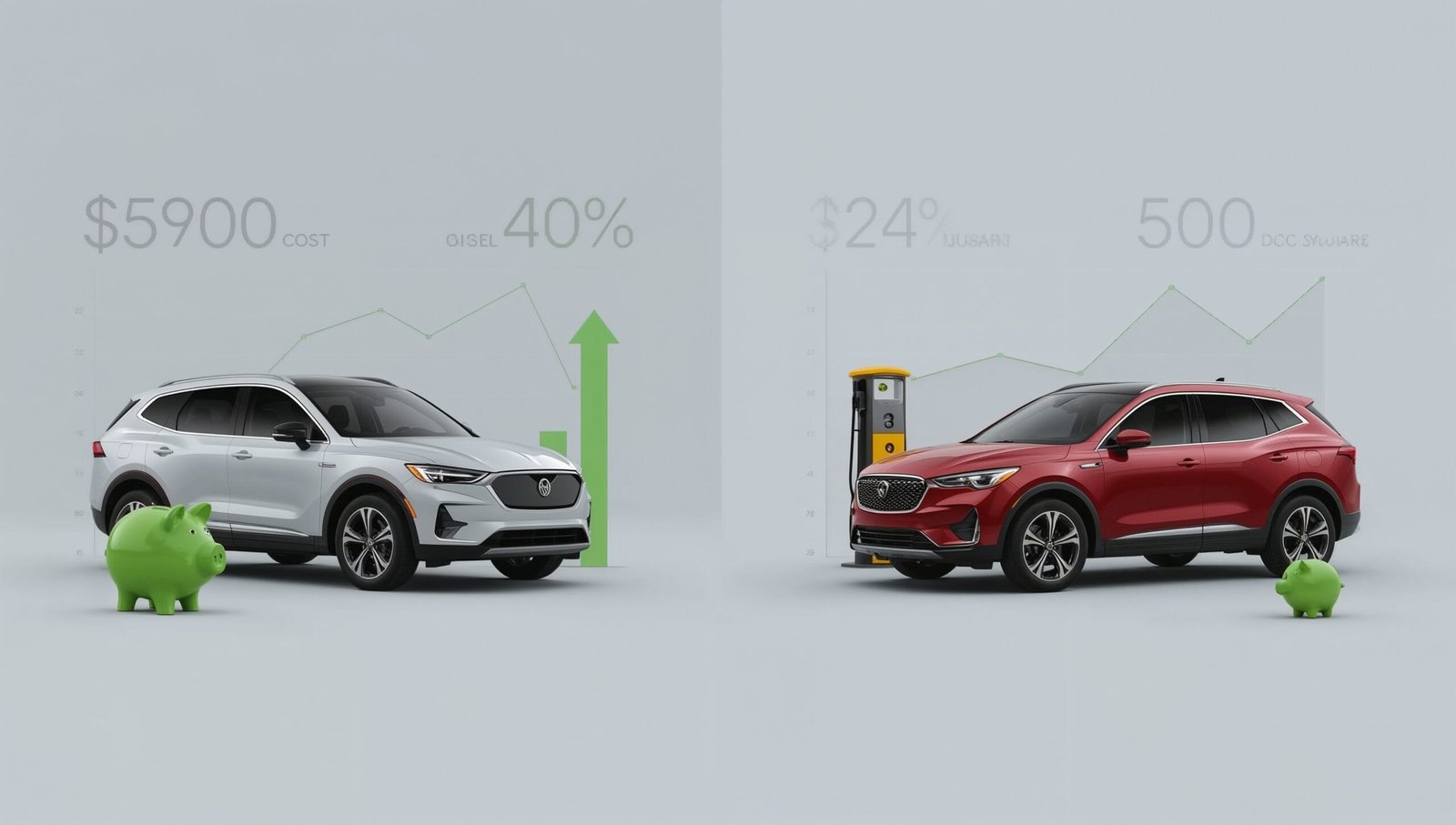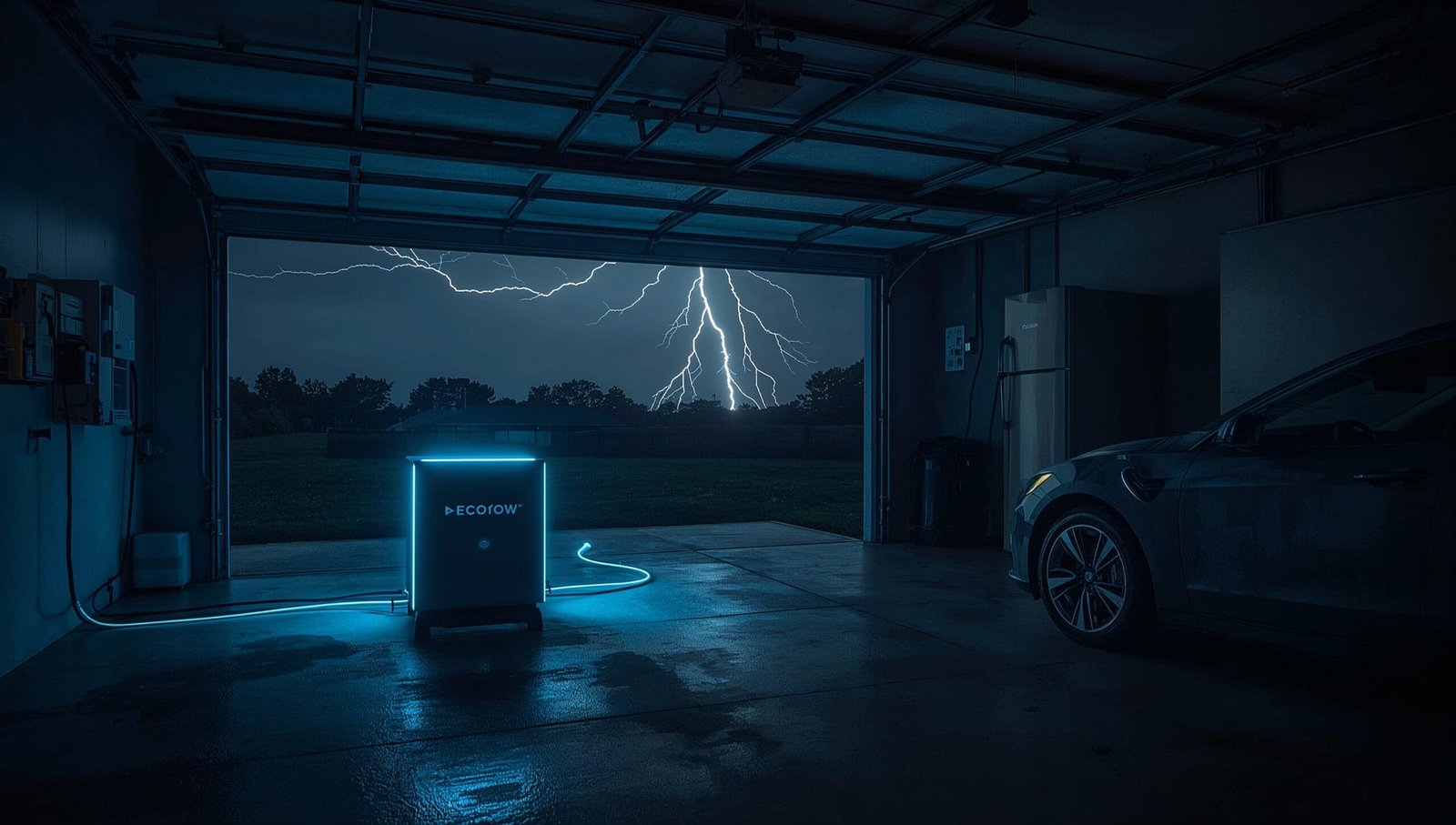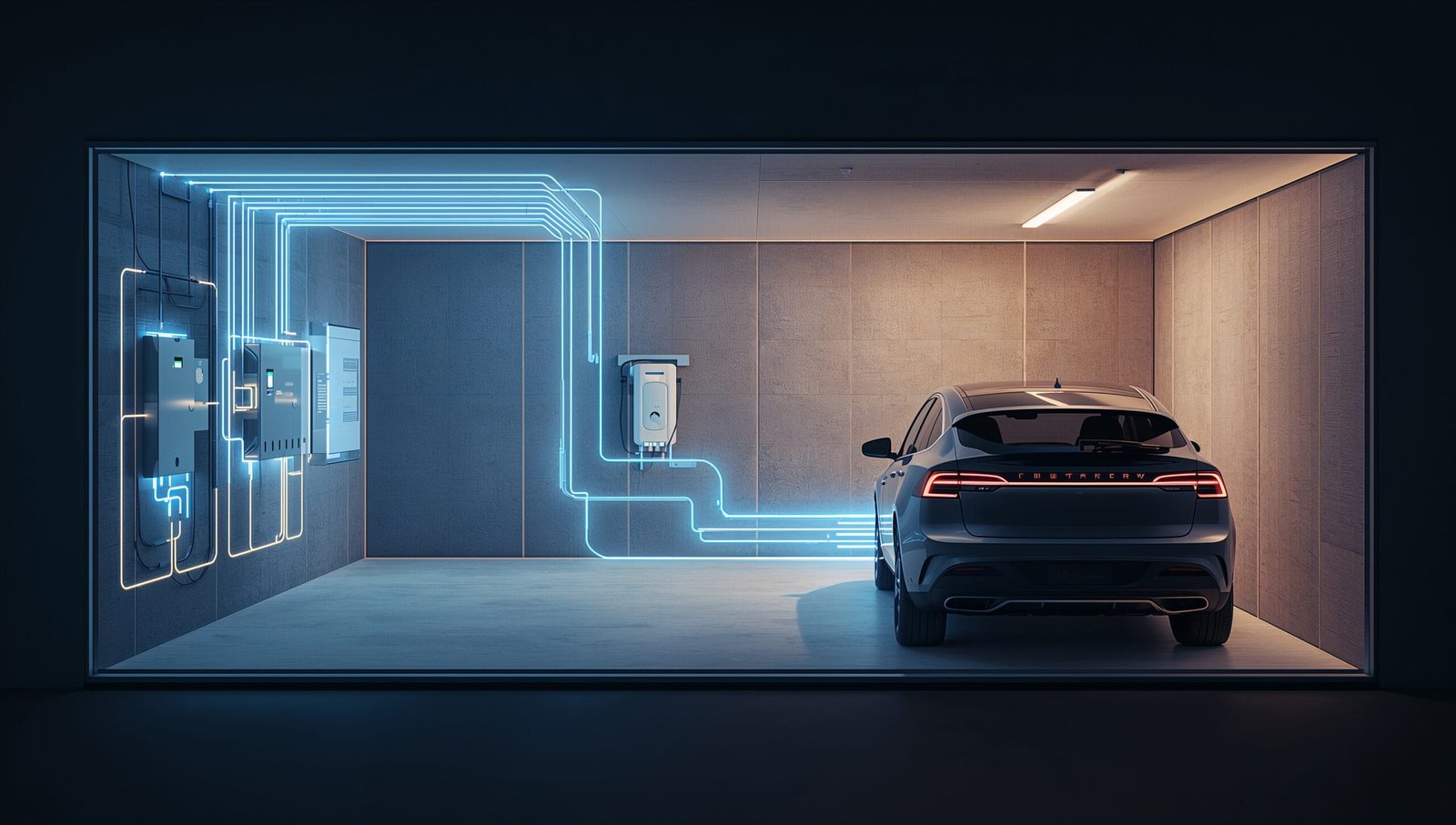A Market Lagging Behind, But Catching Up Quickly
The Indian EV market, though nascent compared to developed nations, is experiencing rapid growth. While factors like lack of charging infrastructure, focus on affordable small vehicles with limited range, and general lack of awareness remain hurdles, the government’s push through subsidies and incentives (like the FAME scheme) is a strong motivator.

Challenges and Hurdles
The electrical grid, struggling to keep pace with rising electricity demands, and the high upfront cost of EVs compared to gasoline counterparts are key challenges. However, the use of 240-volt outlets allows for faster Level 1 home charging compared to the US (120 volts).
First Generation EVs: A Stepping Stone
Popular first-generation EVs in India, essentially converted combustion vehicles, offer affordability and practicality for daily commutes in Indian cities. Examples include:
- Tata Tiago EV: Offers a practical range of around 315 km (ARAI certified) with a starting price of ₹ 7.99 lakh.
- Mahindra XUV 400: This SUV boasts a driving range of 418 km (ARAI) and starts at ₹ 15.49 lakh.
- MG ZS EV: With a range of around 419 km (ARAI), this SUV is priced competitively at ₹ 18.98 lakh (all prices ex-showroom).
The Future is Bright: Next-Gen Platforms and Local Manufacturing
Major manufacturers like Maruti Suzuki, Tata, and Mahindra are developing next-generation EV platforms designed specifically for electric vehicles, promising significant improvements in:
- Range: Expect longer ranges on a single charge with better battery technology and platform optimization.
- Performance: Dedicated platforms will offer superior acceleration and handling compared to converted vehicles.
- Design: EVs built from the ground up will have a more aerodynamic design for improved efficiency and range.
Maruti Suzuki, the car market leader, will launch its first electric vehicle, the eVX, later in 2024. This is a significant development that could increase consumer confidence in EVs. Tata is working on a new platform called ActiveAL, already used in their Tata Punch EV (a 1.5 generation EV on a converted body). Mahindra has showcased concepts for its next-generation platform, expected in 2025.
The Indian government’s push for local EV manufacturing is evident in their rejection of BYD’s (Chinese company) investment proposal, favoring potential partnerships with South Korean companies like Kia and Hyundai. This focus on domestic manufacturing will create jobs and boost the Indian economy.
Kia and Hyundai: Strong Contenders for the Indian Market
Kia and Hyundai are well-positioned to be major players in the Indian EV market, leveraging their existing presence with combustion engine vehicles. Here’s a look at some of their offerings and upcoming models:
- Kia EV6: This high-performance crossover offers a thrilling driving experience with a range of around 500 km (expected) and a starting price around ₹ 60.95 lakh.
- Hyundai IONIQ 5: Another exciting offering, the IONIQ 5 boasts a spacious interior, a range of around 480 km (expected), and a starting price of around ₹ 46.05 lakh (all prices ex-showroom).
Charging Infrastructure in India: Present and Future
While the current charging infrastructure in India is limited, significant improvements are underway. The government is setting up charging stations along highways and in urban areas. Additionally, private companies are also investing in establishing charging networks.
The Future of Charging Infrastructure
Expanding Public Charging Networks
- Highway Corridors: A key focus is the development of extensive charging networks along major highways. This will enable long-distance EV travel, easing range anxiety concerns. Government initiatives and partnerships with private players will be crucial for this expansion.
- Urban Charging Hubs: Major cities will see a dramatic increase in the number of public charging stations. These will be located in high-traffic areas like malls, parking lots, commercial centers, and apartment complexes.
- Partnerships with Oil Marketing Companies: Collaborations with existing fuel stations are likely to play a significant role. Converting some traditional gas stations into combined fuel and charging hubs will leverage the existing infrastructure and provide drivers with convenience.
Advancements in Charging Technology
- DC Fast Charging: The widespread adoption of DC fast chargers is essential for rapid charging, potentially reducing charging time to as little as 20-30 minutes. This is critical for both long-distance travel and quick top-ups within cities.
- Inductive/Wireless Charging: While still in early stages, wireless charging has the potential to simplify the process, especially for city driving. Designated parking spots can be fitted with this technology, allowing for automatic charging while the EV is parked.
- Solar-Powered Charging Stations: India has abundant sunlight, making solar-powered charging stations an eco-friendly and sustainable solution. These stations can be deployed in remote areas, along highways, and in urban centers to supplement the grid-powered network.
Innovative Solutions
- Battery Swapping: Especially for commercial vehicles, two-wheelers, and three-wheelers, battery swapping offers a quick and convenient alternative to prolonged charging times. Companies like Sun Mobility are pioneering this in India.
- Vehicle-to-Grid (V2G) Technology: This futuristic approach allows EVs with large batteries to serve as temporary energy storage units, feeding power back into the grid during peak demand. This can help stabilize the grid and potentially allow EV owners to earn revenue for this service.
- Mobile Charging Units: To address emergencies and provide charging in remote areas, mobile charging units mounted on trucks or vans are a potential solution.
Challenges and Considerations
- Grid Stability: The expanding EV charging network will put additional strain on the power grid. Smart charging solutions, renewable energy integration, energy storage systems, and potentially V2G technology will be crucial in managing this demand.
- Standardization: It’s important to have a unified set of charging standards across India, including connector types and charging protocols, to ensure compatibility and seamless use for all EV owners.
- Accessibility and Equity: The charging infrastructure expansion should prioritize equitable distribution, focusing on underserved areas and ensuring affordability for all EV users.

The Bottom Line
The future of charging infrastructure in India is a multifaceted transformation. The government, private companies, and technological innovation will all play a crucial role in developing a widespread, easily accessible, and reliable charging network. This will be a driving force in the adoption of EVs, making electric mobility more sustainable for India’s future.
Conclusion
The Indian EV market is on an exciting growth trajectory. With government support, increasing consumer awareness, and a growing focus on local manufacturing of next-generation EVs, India is poised to become a major player in the global EV landscape. The future of electric mobility in India is bright, with advancements in battery technology, charging infrastructure, and a wider variety of EVs to cater to the needs of all types of drivers.

Suhas Shrikant is the founder of Vecharged and an engineering enthusiast specializing in high-power off-grid solar systems. He has designed and built over a dozen custom systems and uses his hands-on, field-tested experience to create Vecharged’s expert guides and reviews.





